Toggle table of contents
Stirrings in Afghanistan: Buddhism there and here
15th August 2021
Kabul was recaptured and someone returned to power in the Afghanistan region.
That was when I took notice of Taliban. It wasn't surprising. Human civilizations have had a parallel power tussle. Irrespective of the depth of cultural wealth a civilization has produced, barely any of them have been free of power tussles.
The group was also responsible for destruction of the Buddhas of Bamiyan1 in 2001.
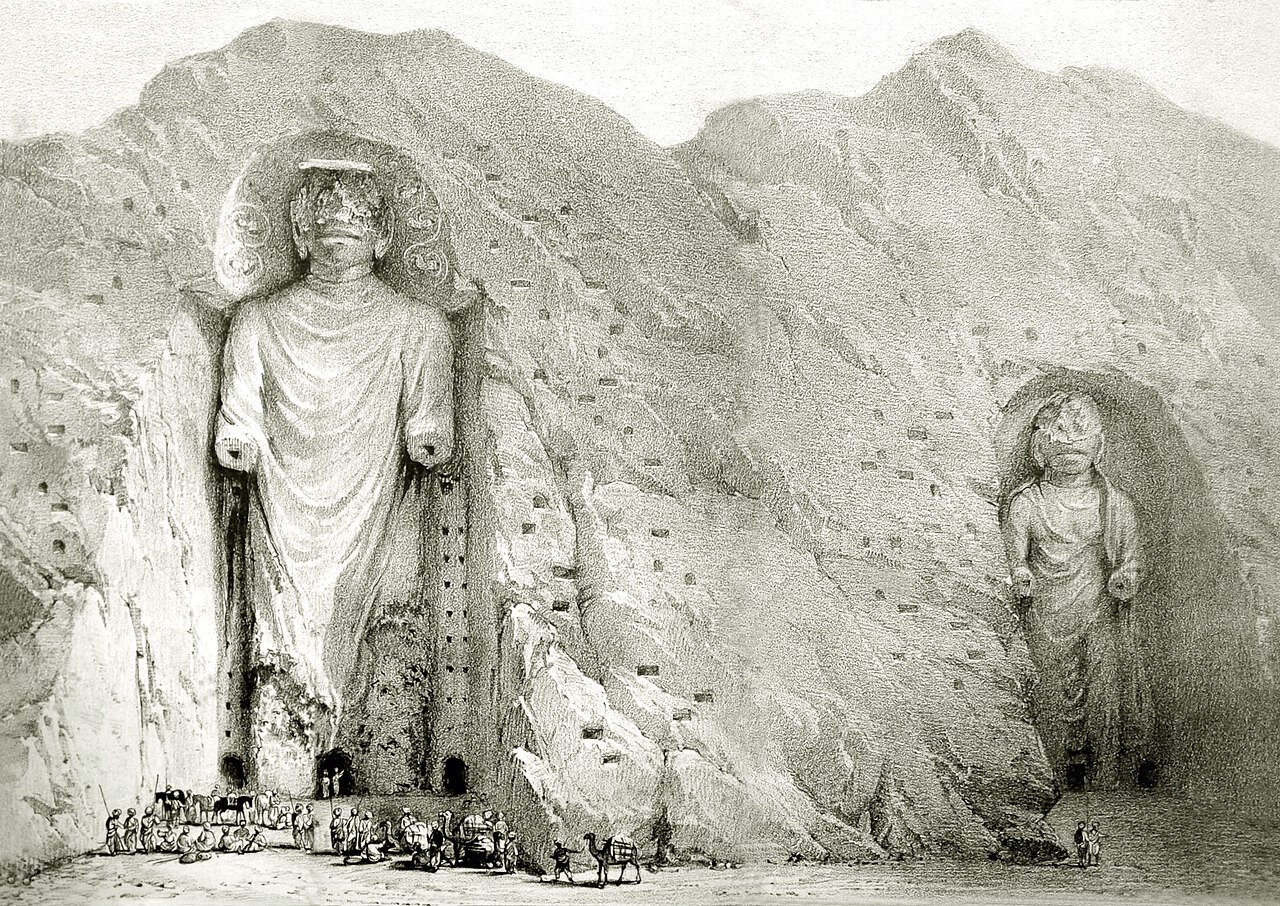 Artistic rendition of the Buddhas of Bamiyan
Artistic rendition of the Buddhas of Bamiyan
Buddhism is a gift of India. Interestingly, it is not popular in India. However, many countries have a sizeable Buddhist population - Bhutan, China, Japan, Vietnam, Cambodia etc.
This demolition wasn't an isolated event. The demolition wasn't done because of the specific ways we see the Talbian group.
Its a power tussle. It knows no boundaries of country, religion or sect. Much has been demolished throughout the human history.
Back here in India, the Sanchi Stupa is said to have been once demolished during the rule of own king - Pushyamitra Shunga.2
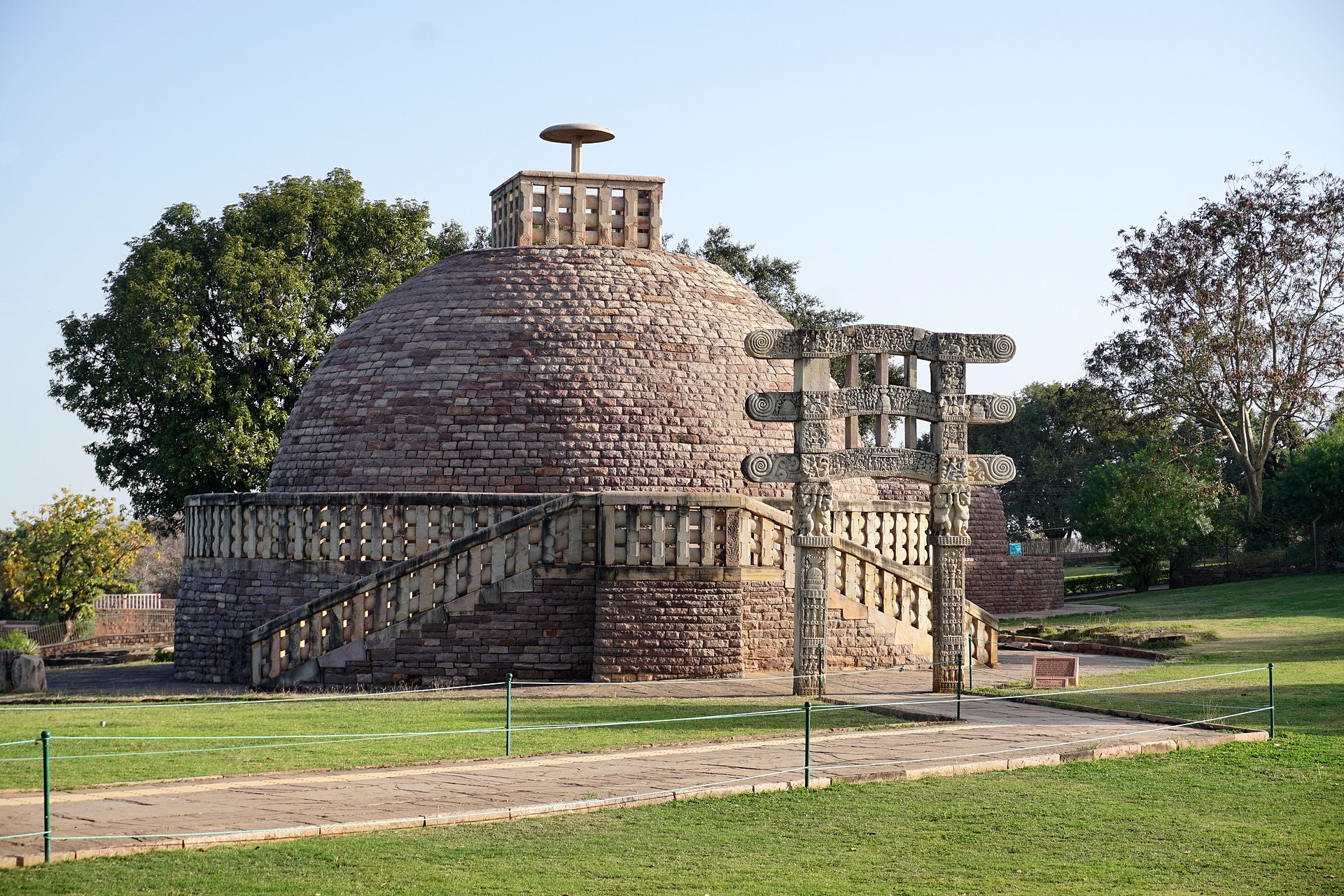 Sanchi Stupa No. 3
Sanchi Stupa No. 3
The once largest mosque
Abbasid caliph Al-Mutawakkil commissioned the Great Mosque of Samarra3 in 9th century. Spreading over an area of 17 hectares, it was the largest mosque in the world at the time.
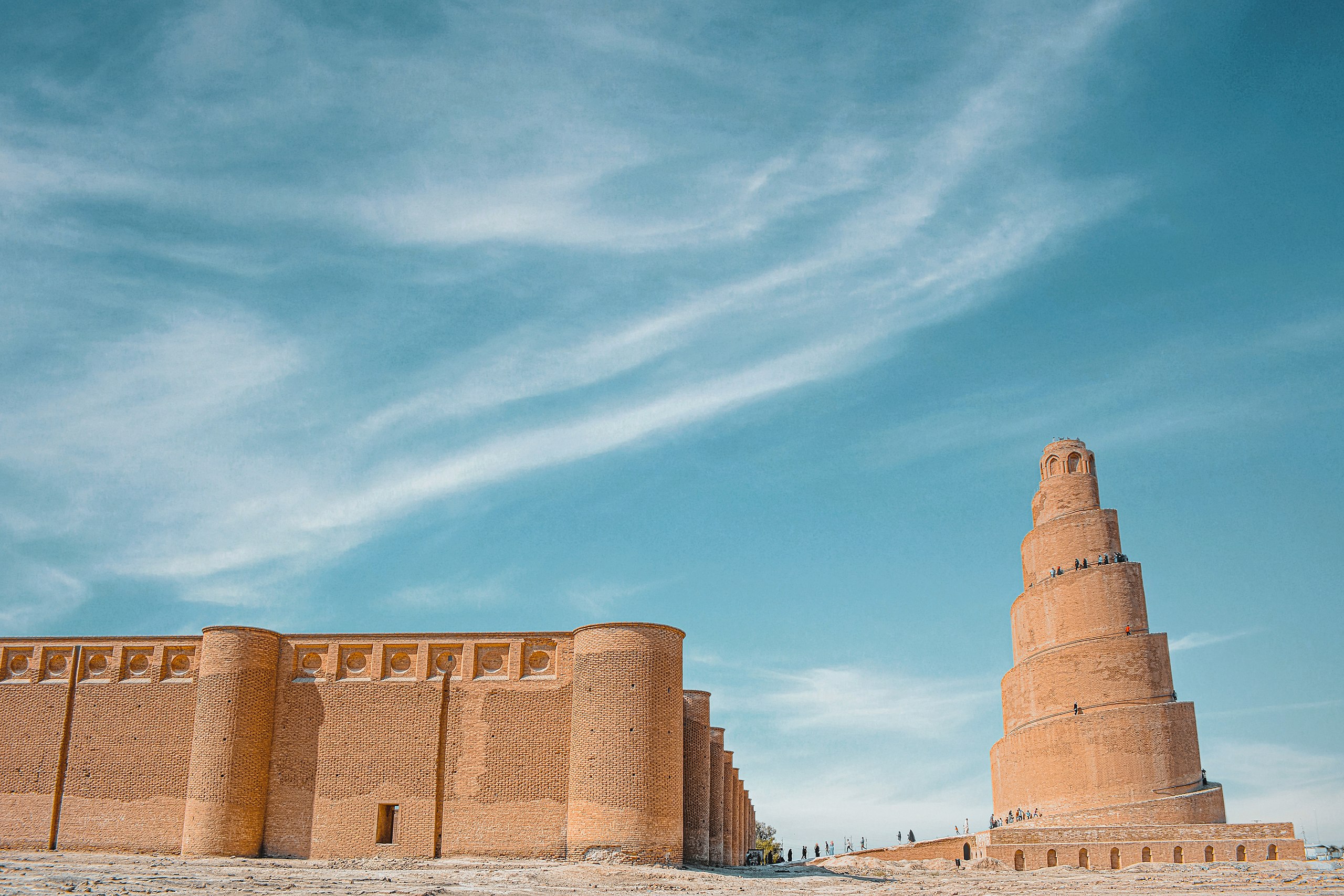 The Malwiya Tower beside walls of The Great Mosque of Samarra
The Malwiya Tower beside walls of The Great Mosque of Samarra
It remained the largest mosque for the next 400 years, until the armies of Mongol ruler Hulagu Khan demolished major parts of this mosque during the invasion of Iraq in 1278.
In April 2005, insurgents bombed the tower, causing more destruction. They did this claiming that US troops were using the minaret as a lookout position. The British, however, claim that the attack was done to incite Sunni-Shia violence.
Power tussle, again?
Demolition is a hallmark of civilization
The demolition of Buddha statues or the Great Mosque or any other such structure serve a greater lesson. That we let our power tussle dominate the gifts we create.
We created groups to fight for power - nation, religion, sect, caste etc. We put stickers over structures. This belongs to us. That belongs to them.
But what we lose in this tussle is the glory of human race. No sticker. The demolished Buddha Statue is a grave loss for not just the Buddhists, but every human on the face of this planet. Remains of The Great Mosque of Samarra are a reminder to every human that 'faith builds, but thirst for power demolishes'.
They are not simple structures associated with their respective religions. They are the result of collective human effort and thousands of years of human progress. They are artifacts by those who shaped the course of our civilization. They are architectural feats every human should be proud of. They are symbols of human greatness - meant to be taken pride in.
So what if they're destroyed? Who can correct history? Do we rush to correct every historical mistake or do we look forward and learn? What has happened shall not be undone. Who are we to repeal history?
And despite this fact, the fact remains that civilizations demolish. Whether it was The Parthenon4 suffering damage due to wars or the Temple of Bel5 targeted by ISIS - destruction is a defining characteristic of our civilization.
 The Parthenon in Athens, Greece
The Parthenon in Athens, Greece
It was partly destroyed in 1687 during the 15 year Great Turkish War while being used as a gunpowder store. A firing hit on the powder magazine causing an explosion. The cella collapsed, central part of walls blown out and much of Phidias’ frieze brought down. Many columns also toppled, causing the architraves, triglyphs and metopes to come tumbling down.
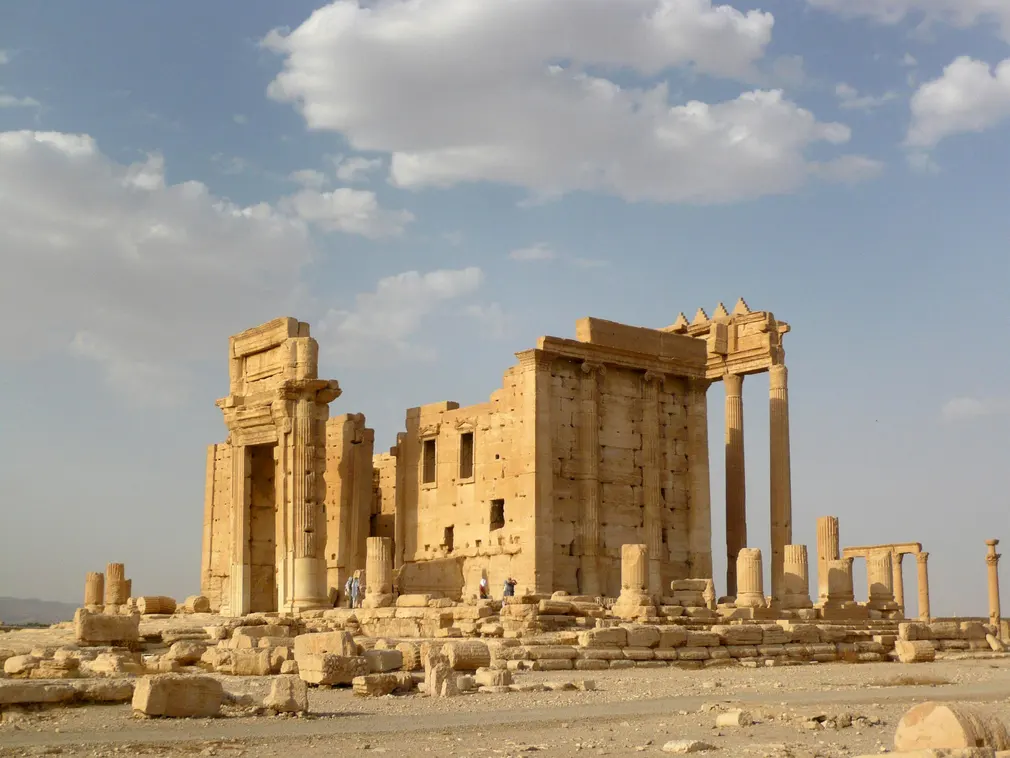 The Temple of Bel, Palmyra, Syria (2009)
The Temple of Bel, Palmyra, Syria (2009)
It was bombed by the ISIS on 30 August 2015 causing much of the preserved remains to be destroyed. The temple was the most important one from antiquity in the Middle East.
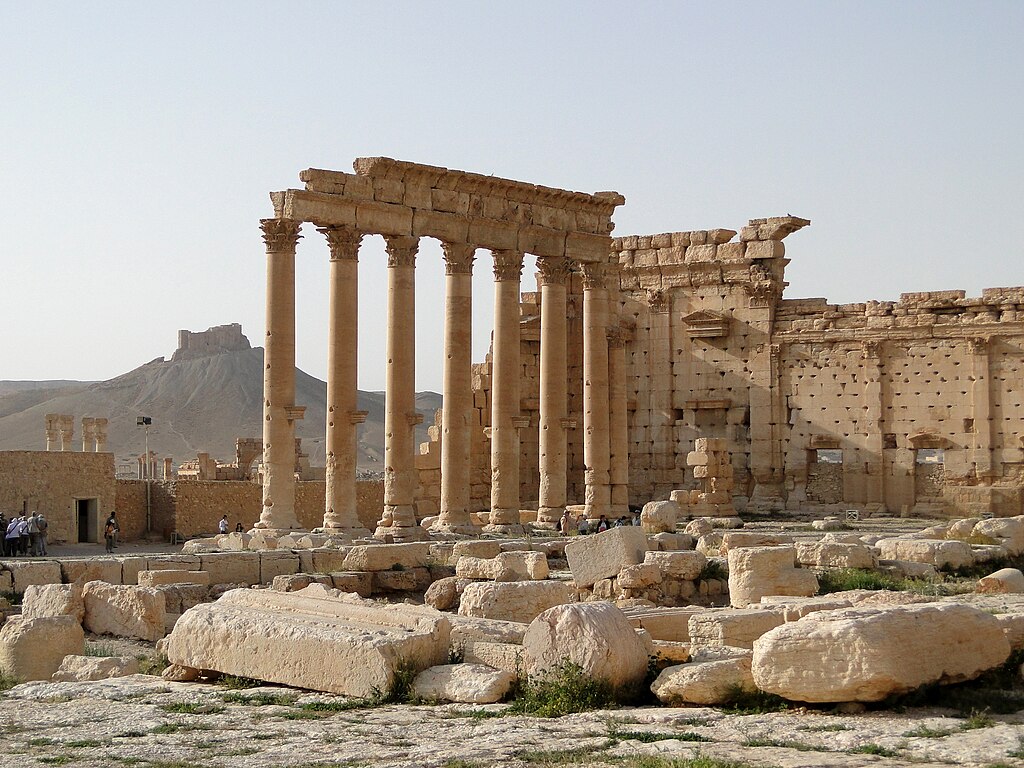 Remains of the Temple of Bel after it was damaged6
Remains of the Temple of Bel after it was damaged6
We have the technical knowhow to restore the lost Buddha statues. We can build several similar Buddha statues around the world. But thats not important from historical perspective. Whats important is the present state of Buddha statues in Bamiyan. It serves a greater memory. It stands as a testification to the architectural feats we achieved centuries back and also a symbol of tyranny and wrongdoings of a certain group.
There is another demolition that haunts the hallways of contemporary Indian narrative. Does demolition serve victory? Is it worth being recorded in the books forever for having demolished a 465 year old structure for religious dominance? Is it worth one avenging demolition by another demolition?
Who ensures that 500 years down the line, someone else will not avenge our present actions the way we avenged certain acts from five centuries back?
Or does rebuilding ever serve a victory? Can something born out of a highly political and communal issue really hold its ground for being a divine place?
We dig out structures of past; and structures dig out our past memories. They remind us of their history. They stand as a symbol. What shall such a structure we celebrate today stand for? That the masses of a culture as rich as ours agreed to be swayed in the name of religion?
Demolition all the way down
Structures will be destroyed. Either by man or by nature. Cultural wealth remains. The hallmarks of a civilization must be preserved.
Our hallmark should be peace and harmony. Not demolition.
The ability to see beauty in structures not branded by your group has been stolen from you. The ability to see humans as humans has been demolished. The cultural harmony we once took pride in, is a matter of history books.
Demolition, three decades back. Demolition today.
It looks like what we long desired has been gifted to us. Its been built. Its being celebrated.
But beneath our feet, something else - more pround - has been demolished away.
22 January 2024
Footnotes
The Buddhas of Bamiyan were two 6th-century monumental Buddhist statues in the Bamiyan Valley of Afghanistan. Wikipedia article